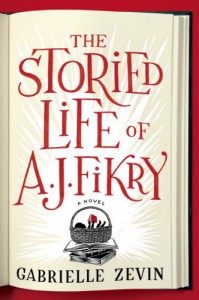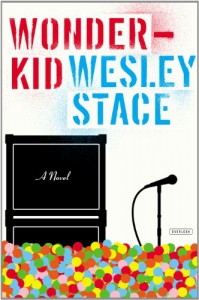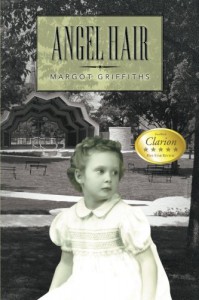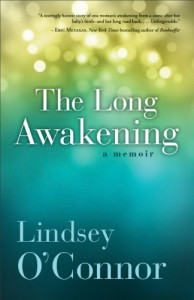Foreword Reviews reboots for consumers, predicted victory of indie publishing 16 years ago
Independent book-review magazine and website grows beyond librarians and booksellers
TRAVERSE CITY, Mich., Feb. 18, 2014 — The literary magazine Foreword Reviews, which has spent 16 years quietly accomplishing something rare among print publications—expanding and becoming profitable—is rebooting to focus on a consumer market hungry for unbiased reviews and information about indie and self-published books.
Foreword Reviews has been a best-kept secret among librarians and booksellers across the country. Now, with a new, consumer-friendly look, the magazine is sharing its knowledge of indie books with the rest of the world.
“Because of the breathtaking growth in the number of books being published each year, and a shrinking number of credible, objective review publications, our work at Foreword Reviews is ever more vital to the book publishing universe, particularly readers,” said Publisher Victoria Sutherland. “We are well-established curators in the publishing industry. Plus, if you’re an avid reader and value books from small publishers, we can steer you to the best.”
Numbers tell the story of how indie and self-publishing have quickly changed the landscape of the publishing world. In 2012, self-published titles jumped 59 percent over 2011, according to the bibliographic research firm Bowker. Self-publishing can no longer be dismissed as “vanity press.” New technology is enabling authors and small indie publishing houses to produce and market great books that the big houses miss. So, if it isn’t published by the Big Five corporate publishing houses, it’s “indie” and Foreword Reviews has it covered.
Foreword Reviews launched in a small northern Michigan town in 1998, zeroing in on independently published books when no one else was, and has since grown into a $1 million company. Its founders correctly anticipated the future of publishing was in small, indie houses and individual authors boldly defying the giant publishers.
The Spring 2014 issue introduces a stylish new design that emphasizes an increased outreach to the consumer market. Also, a relaunch of forewordreviews.com will feature original analysis and commentary in addition to a daily stream of reviews by a team of more than 100 writers worldwide.
Every Foreword review is written by a talented, professional freelance writer, who evaluates each book and produces unbiased critiques. Potential book buyers receive an honest, thoughtful appraisal. The fresh, new look introduces simple, easily identifiable icons and colors to strengthen the identity of Foreword Reviews’ core products while growing the subscriber base. It also includes a rebranding of the annual Book of the Year Awards as IndieFab, and easier ways to identify the brand on social media through icons and hashtags. And this is just the beginning of exciting changes over the next six months that will include expanded book discovery and a larger voice in the growing online discussion about indie books.
Foreword Reviews is distributed quarterly to librarians and booksellers and is also available at most Barnes & Noble and Books-A-Million newsstands and by subscription. Our website, forewordreviews.com, features a daily stream of reviews of independent books written by a team of more than 100 professional, objective writers. You can also find us on Facebook, Twitter, Google+ and Pinterest. Our office is located in downtown Traverse City, Mich., 425 Boardman Ave., Suite B, Traverse City, MI 49684.
For more information or an interview with the Foreword Reviews publisher, contact Jennifer Szunko jennifer@forewordreviews.com 231-933-3699

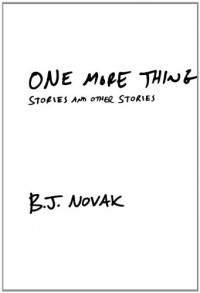


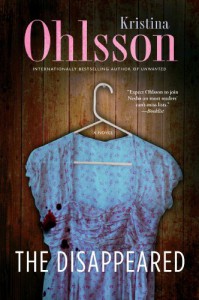

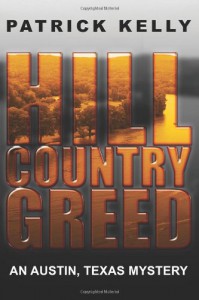
 1
1


